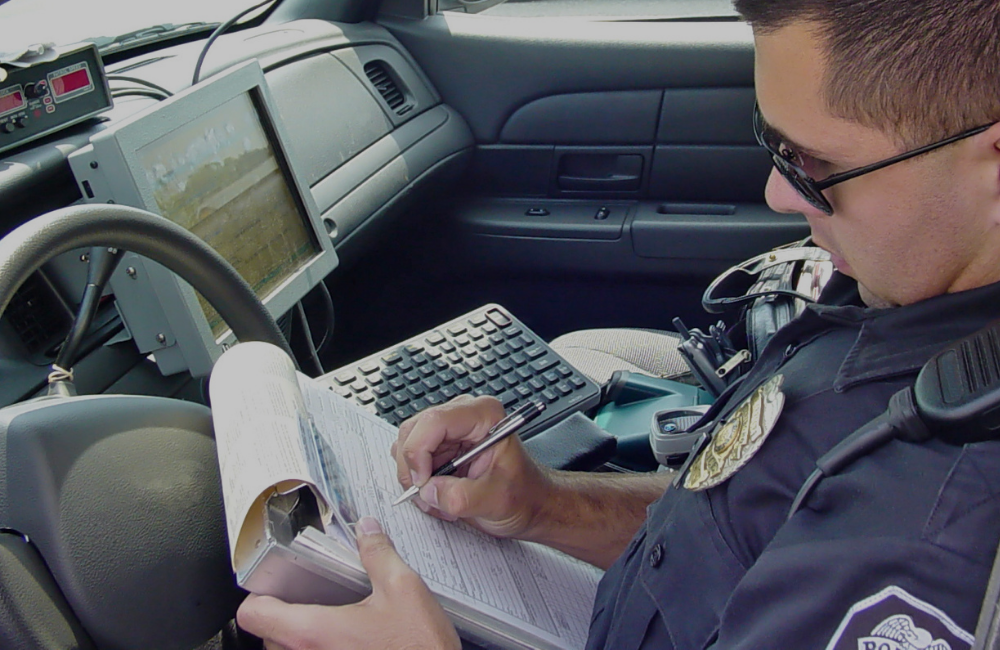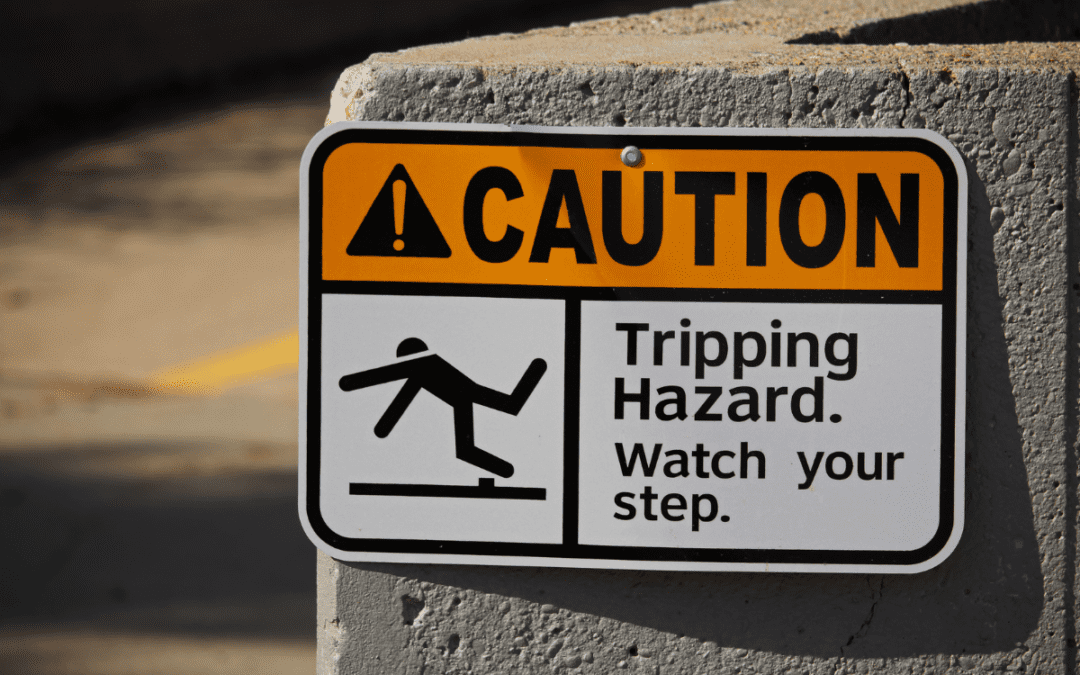A police report of a crash does not once and for all determine liability in an auto accident. That ultimate decision falls to a court if you sue the driver who caused your injuries.
Yet, such a report is not without value. It serves the important role of substantiating that a crash occurred. With a report from law enforcement, the insurance company has a difficult time claiming fraud by your claims of phantom injuries in a phantom car accident. Even though the report does not automatically establish your right to recovery, it can persuade the at-fault driver’s insurance to settle with you if you suffer extensive damages beyond what your no-fault insurance provides.
Below, we explain the essentials of a police report and how it can help you pursue compensation for your injuries.
Crash Reports Provide Information About the Crash Settings
A Boynton Beach auto accident attorney can glean some important facts from the police report. The officer records information such as:
- Date and time of the crash
- Location, including the name of intersections, roads, county, and municipality where the crash occurred
- Approximate speed of vehicles
- Weather and road conditions
Many of these details, especially in combination, offer important facts in whether the driver that hit you was negligent. Even a driver who was not exceeding the legal limit may have driven too fast if the crash occurred on a wet road, during rain or fog, or at night. The at-fault driver might have lost control in a curve due to speed.
The type of collision reported can help ultimately determine liability in an auto accident. Generally, the law presumes that a driver who rear-ends another vehicle failed to keep a proper lookout or failed to reduce speed to avoid the crash.
From the Crash Report Comes Information About the Cars
Auto accidents can happen because of unsafe vehicles. The officer notes any defective conditions on vehicles that might have contributed to the crash. These include low-tread or significantly worn tires, and malfunctioned signal, brake or headlights; defective brakes.
Aside from the conditions of the cars, crash reports identify the drivers, passengers, and witnesses. Witnesses and passengers can provide details to shed light on disputed matters such as which driver had the green light or whether one of the drivers was speeding. A Boynton Beach auto accident attorney relies on the accident report to know the drivers and the insurance companies who may be responsible to you for pain and suffering and other damages.
The Officer Depicts How the Crash Occurred
Ultimately, the officer uses the crash report to explain how the crash occurred and to give an opinion of what contributed to the crash. To that end, you’ll see on the report a drawing of the vehicles’ positions and movements immediately before, at the time of, and upon rest following the crash. The officer notes whether a driver crossed multiple lanes, rear-ended you, ran a stop sign or red light, or turned in front of you.
Even though the courts ultimately determine liability in an automobile accident, the crash report has a place for the officer to note traffic violations or other contributing factors to the crash. These include failing to yield the right-of-way, improper backing, improper turns, disobeying red lights or stop signs, driving the wrong way, overcorrecting, and driving too fast for the road or other driving conditions.
Florida Officers Use Many Sources to Prepare a Crash Report
A crash report represents the product of the officer’s investigation of the crash. The officer takes statements from the drivers, passengers, and other witnesses. Crash scene investigation also involves measuring, photographing, and otherwise documenting gouge marks, skid marks, tire impressions, and marks or ruts on the shoulder road or fields.
With information on the length of skid marks or tire impressions, the officer concludes or estimates how far a vehicle went after braking or the collision. Photographs taken on the scene by the officer support the officer’s depiction of the vehicle’s positions and the type of collision. Physical evidence such as fenders, glass, broken axles, or mirrors may highlight the force of the crash. Officers may use the location of marks to determine where on the road the vehicles collided.
The Officer May File Criminal Charges
When an officer notes a violation on the crash report, chances are that the at-fault driver may get cited or in some instances may face a formal charge. Although it is not conclusive of liability, such a charge carries strong weight especially in dealing with the insurance company.
A motor vehicle crash may also lead to driving under the influence charges against the driver that hit you.
Tips for When the Crash Report is Wrong
For its many benefits, crash reports are not always free from error. In the worst-case scenarios, the officer might find you at fault or not find the other driver to have contributed to the crash. A drawing might mistakenly show the positions, locations, or movements of the vehicles.
As part of representing you, a Boynton Beach auto accident attorney can help you get the accident report corrected. You or witnesses may have photographs or videos from smartphones that show the vehicles after the wreck. In these images, the lawyer can show impact points and resting places of the vehicles. Footage from nearby security or traffic cameras may have captured the wreck itself.
Your copy of the registration on your car or the driver’s exchange form can remedy mistakes in the identification of the vehicles, drivers, or insurance companies. In certain cases, the other driver may have supplied to the officer an out-of-date, invalid, or non-existence insurance policy number. Such an error becomes apparent only after you have submitted a claim to the insurance carrier and the carrier denies liability of its vehicle driver or owner. The lawyer may ask the driver for current insurance information through discovery in the lawsuit. Alternatively, you may have to seek compensation under your vehicle’s uninsured motorist coverage.
Contact us if you or a loved one have suffered serious injuries from a car accident. Our legal team will help determine liability in an auto accident by reviewing the police report, medical records, photographs, and other evidence.



